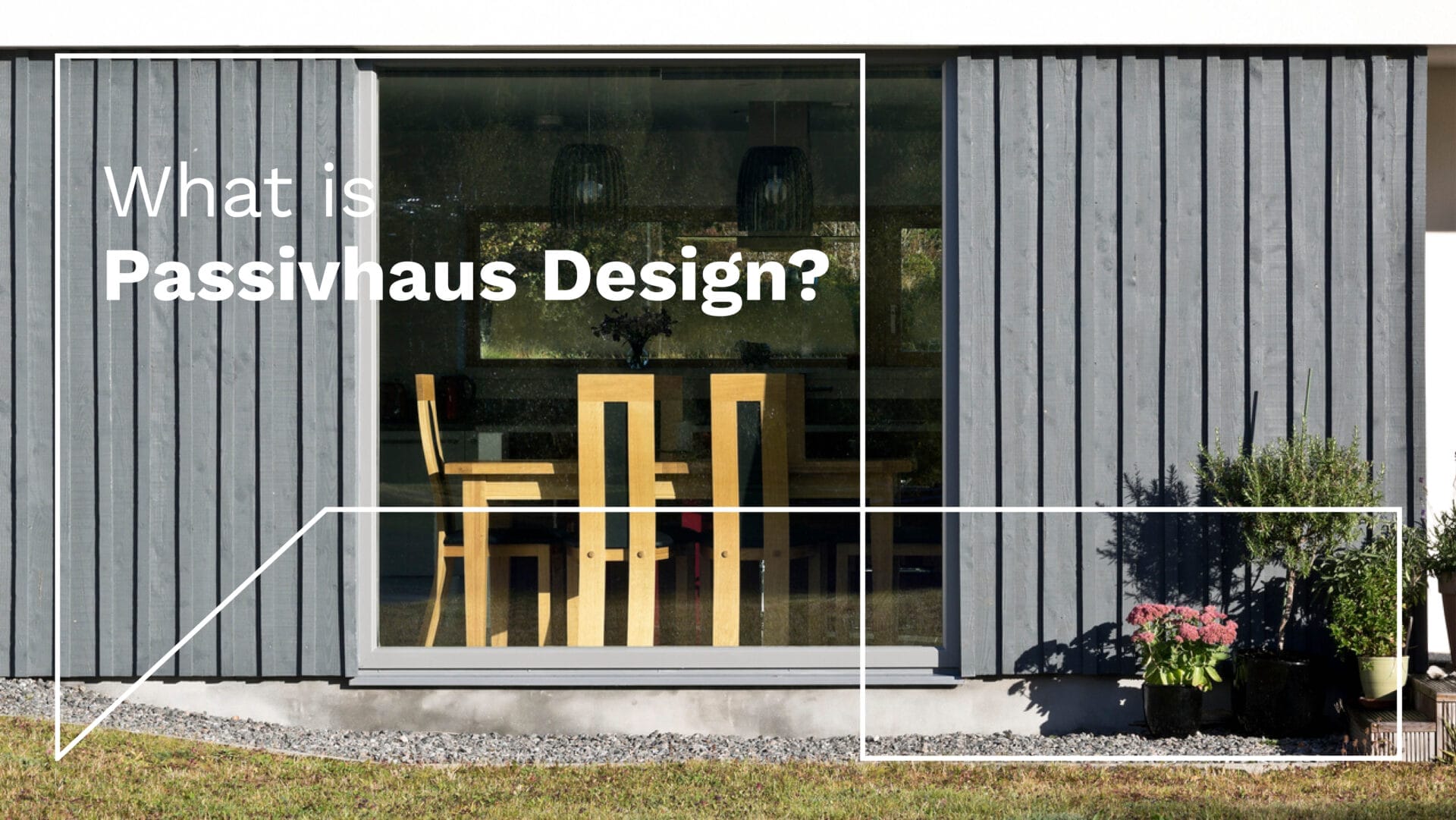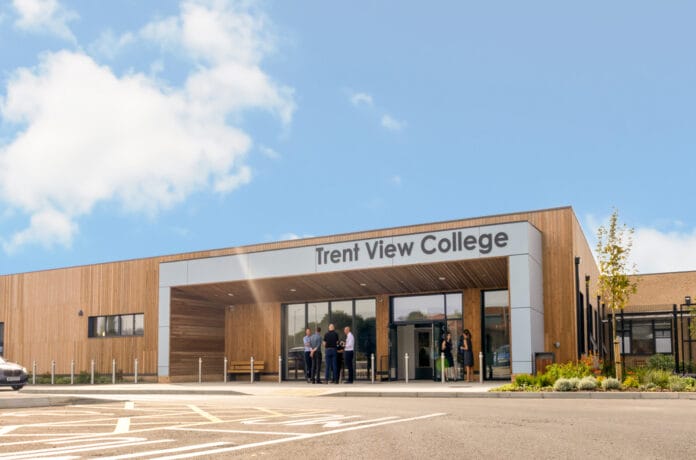
For us at HLM, Passivhaus Design means developing a building design to the Passivhaus Standard, using the Passivhaus Planning Package (PHPP) as a design tool, and having the project certified by a Passivhaus Certifier. Our team of Certified Passivhaus Designers has grown steadily to 10 over the last 2 years, with all studios and sectors now benefitting from the experience this team can bring to projects as we seek to offer clients a robust approach to delivering net zero carbon buildings.

The Passivhaus Standard is a proven quality, comfort and energy standard based on established building physics which delivers high quality environments with excellent air quality, thermal comfort and acoustic performance. The holistic approach brings multiple benefits to users and society while reducing the impact of the building on the environment.
While often known for its ultra-low energy use targets, those metrics are really the by-product of designing an efficient building which provides excellent indoor air quality and thermal comfort for its occupants.
[Pictured left: Trent View College, Scunthorpe, current Passivhaus project under construction]
While these are the key design elements necessary to achieve a Passivhaus certification, delivering the standard efficiently and cost effectively is as much the result of good design; orientation, efficiency of form, efficiency of space, robust detailing and consideration of the real-world occupancy and use of the space.
The key design elements for achieving the Passivhaus standard are:
Thermal insulation
High-quality thermal insulation in walls, floors, and roofs contributes to the effectiveness of the building envelope in retaining heat and minimizing loss.
PassivHaus windows
Carefully considered high-performing windows which balance heat loss with solar gain installed to minimize thermal bridges.
Thermal bridge free design
Designing to eliminate any thermal bridges minimizing heat loss at junctions and the risk of cold bridging, condensation and mould.
Air tightness
An holistic airtightness strategy to minimize heat loss through infiltration and protect the building fabric from moisture.
Mechanical Ventilation with heat recovery
Ventilation systems simultaneously extract stale air, while bringing in fresh air which is pre-heated before entering the rooms. This ensures that the air quality is consistently high, while maintaining the desired temperature of the building.

We have found the most cost-effective way to apply the Passivhaus standard is to have it embedded in the project brief from the outset, ensuring the project team understand the principles and working collaboratively to refine and optimise design proposals. The Passivehaus Planning Package (PHPP) design tool allows for building fabric options to be swapped out, calculating the building performance as the design develops and enabling the most efficient materials to be selected. The use of PHPP software is supported by a wider suite of modelling tools, including parametric modelling, where we can quickly test multiple options for things like façade and window design.
Energy savings of up to 90% have been documented through the use of the standard; making a passive house beneficial to not only the environment and the occupants’ wellbeing, but also their financial comfort.
Over 60,000 buildings have been designed, built and tested to the standard worldwide. To date, HLM have delivered five buildings to the Passivhaus standard, with one currently under construction, six projects in the design phase and a growing demand from clients for Passivhaus buildings. We have also been appointed as Passivhaus consultants on numerous projects, including research and development into the feasibility of applying the standard to multiple sectors and types of buildings.
[Pictured left: Tigh Na Croit, private Passivhaus dwelling in the Scottish Highlands]

